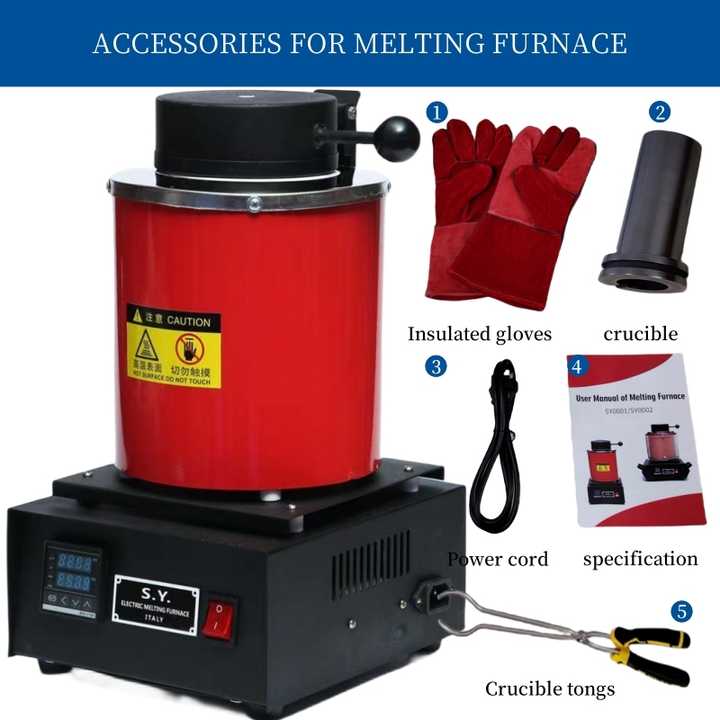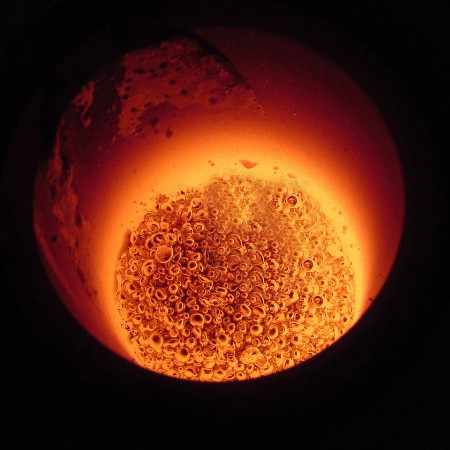Smelting Gold Jewelry At Home
Smelting Gold Jewelry at Home: A Comprehensive Guide
FRT Machinery: Your Partner in Home Smelting Solutions
Smelting gold jewelry at home has become increasingly popular among hobbyists and small-scale jewelers. Whether you’re looking to recycle old pieces or create new ones from scratch, understanding the process of smelting can be both rewarding and cost-effective. However, it’s crucial to approach this activity with caution and the right tools. This guide will walk you through the essentials of smelting gold jewelry at home, ensuring safety and efficiency.

Preparing Your Workspace for Gold Smelting
Before you begin smelting gold jewelry, it’s essential to prepare your workspace properly. You’ll need a well-ventilated area, ideally outdoors or in a garage with good airflow, to avoid inhaling harmful fumes. Additionally, invest in quality protective gear such as gloves, goggles, and a respirator mask designed to filter out fine particles and toxic gases. For the actual smelting process, a propane torch or a specialized gold smelting furnace from FRT Machinery can provide the high temperatures required—usually around 1,000 degrees Celsius (1,832 degrees Fahrenheit) for gold.

Choosing the Right Equipment for Home Smelting
When it comes to smelting gold jewelry at home, having the right equipment makes all the difference. A crucible, which is a container used to hold the gold while it melts, must be made of a material that can withstand extreme temperatures without reacting with the metal. FRT Machinery offers crucibles specifically designed for smelting precious metals like gold. These are typically made from graphite or clay bonded with high-temperature ceramic materials. Other essential tools include tongs for handling hot materials, a flux to help purify the gold, and a mold where the melted gold can be poured to form ingots or other shapes.
Safety First: Tips for Safe Home Smelting
Safety should always come first when dealing with high temperatures and potentially dangerous chemicals. Always ensure that your work area is clear of flammable materials and that you have a fire extinguisher within reach. When using a torch or furnace, keep a close eye on the melting process to prevent overheating, which can cause accidents. It’s also important to understand how to handle spills or emergencies. Keep a bucket of sand nearby for quickly smothering any fires that might start, and know how to safely shut down your smelting equipment if needed.
The Smelting Process: From Jewelry to Ingots
The actual process of smelting gold jewelry involves several steps. First, break down your gold pieces into smaller chunks to increase the surface area for faster heating. Place these pieces into the crucible along with a small amount of flux, which helps remove impurities by forming a slag layer on top of the molten metal. Heat the crucible gradually until the gold melts completely. Once melted, carefully pour the gold into prepared molds. Allow the gold to cool and solidify before removing it from the mold.
Post-Smelting Care and Purification
After smelting, your gold may still contain some impurities depending on the purity of the original jewelry. To refine the gold further, consider using methods like electrolysis or chemical treatments. However, these processes require additional expertise and equipment. For most hobbyists, the smelting process itself will yield gold that is suitable for creating new jewelry pieces or selling as scrap.
Conclusion: Embrace the Craft of Home Smelting
With the right preparation, equipment, and precautions, smelting gold jewelry at home can be a fulfilling endeavor. Not only does it allow you to recycle valuable materials, but it also opens up creative possibilities for crafting unique jewelry items. Remember, safety is paramount, so always follow best practices and invest in quality tools from trusted manufacturers like FRT Machinery. Happy smelting!















